The Cuban flag stands as a powerful emblem, weaving together the island’s complex history and the steadfast resolve of its people. Born from significant moments in Cuba’s journey, it reflects the nation’s path to independence and its vision for the future.
Flag of Cuba
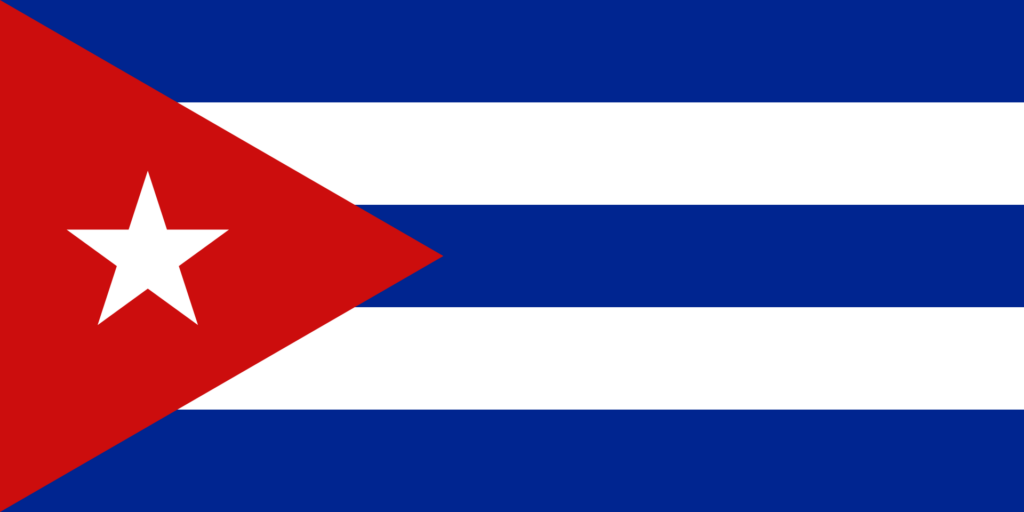
The Cuban flag features a distinctive design with five horizontal stripes and a red equilateral triangle at the hoist, showcasing a white five-pointed star, La Estrella Solitaria. Adopted in 1902, this design has become a prominent symbol of Cuba’s sovereignty and resilience, reflecting its unique history and global status.
Flag of Cuba: Color Palette
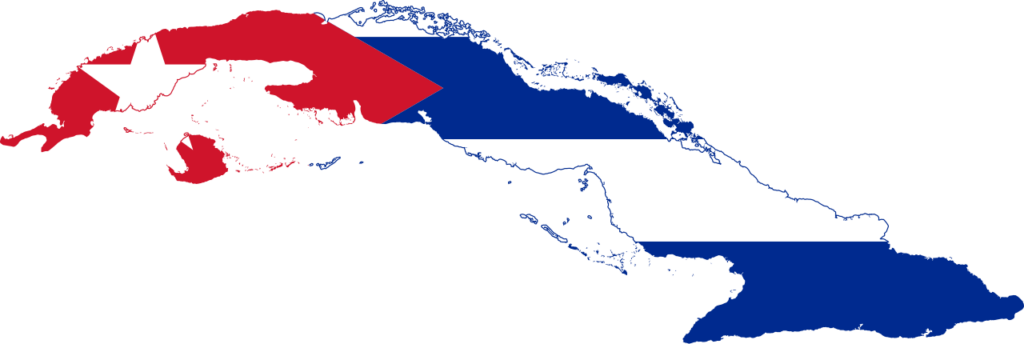
Cuba Flag Emoji: 🇨🇺
The color palette of the Cuban flag is a harmonious blend of blue, white, and red, each contributing to the flag’s overall symbolism and impact. This carefully chosen combination enhances the flag’s visual appeal and carries a more profound significance tied to Cuba’s national narrative.
Meaning of Each Color
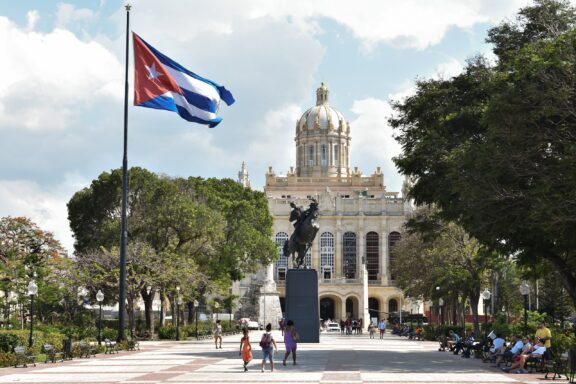
Blue
The blue in the Cuban flag, vividly represented in its three stripes, symbolizes the expansive skies that cover the island, reflecting a sense of vigilance and truth that resonates with the nation’s ideals.
Historically, blue has been associated with steadfastness and loyalty, qualities that mirror Cuba’s commitment to its principles and aspirations.
White
White, captured in the flag’s two alternating stripes, is emblematic of peace and illuminating the nation’s path.
This color, often linked with purity and honesty, signifies Cuba’s pursuit of a bright and peaceful future. It’s a reminder of the nation’s desire for tranquility and the dawn of a new era marked by prosperity and harmony.
Red
The flag’s red triangle, a striking feature, stands for the bloodshed in the quest for independence. Red, often associated with strength and courage, represents the valor and sacrifices made by those who fought for Cuba’s freedom.
The red, in the flag of Cuba, is a powerful tribute to the nation’s enduring spirit and the resilience of its people in the face of challenges.
Cuba Coat of Arms
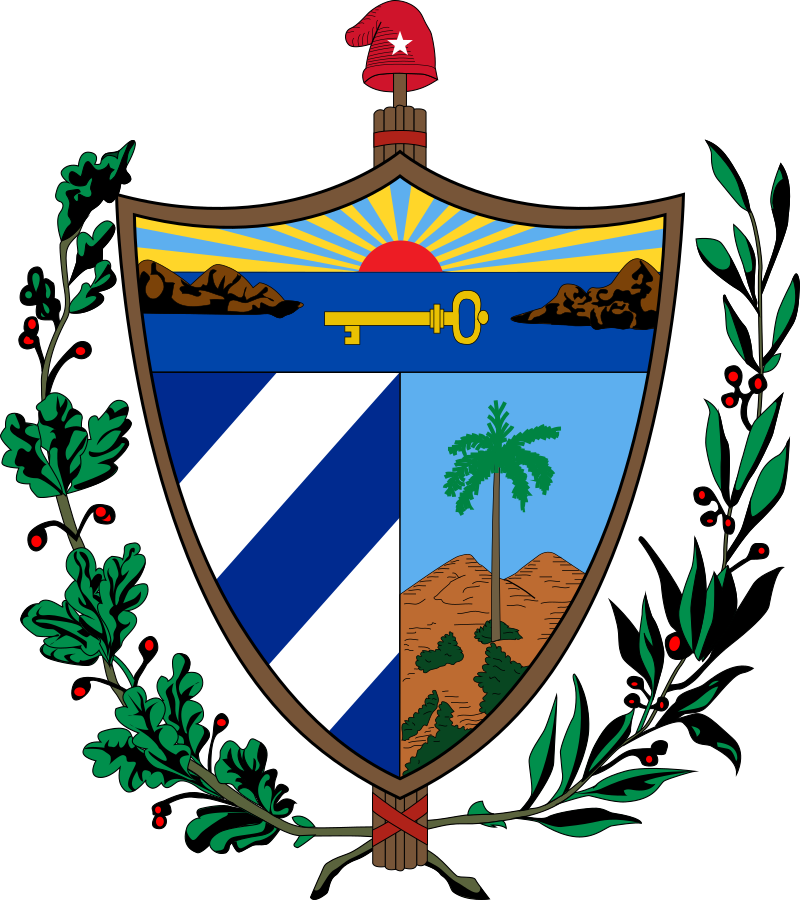
The Cuban Coat of Arms stands as a profound emblem of the nation, encapsulating Cuba’s rich heritage, enduring sovereignty, and resilience. Beyond its visual elements, it symbolizes the nation’s unity and strength, reflecting its historical journey and cultural identity.
This emblem serves not only as a representation of national pride but also as a testament to Cuba’s unique place in the world and its unyielding spirit throughout history.
Historical Evolution and the Meaning Behind Changes
The Cuban flag, designed in 1849 by Narciso López, symbolizes the nation’s quest for independence. Initially representing rebellion against Spanish rule, the flag’s colors and design have maintained consistency but evolved in symbolism.
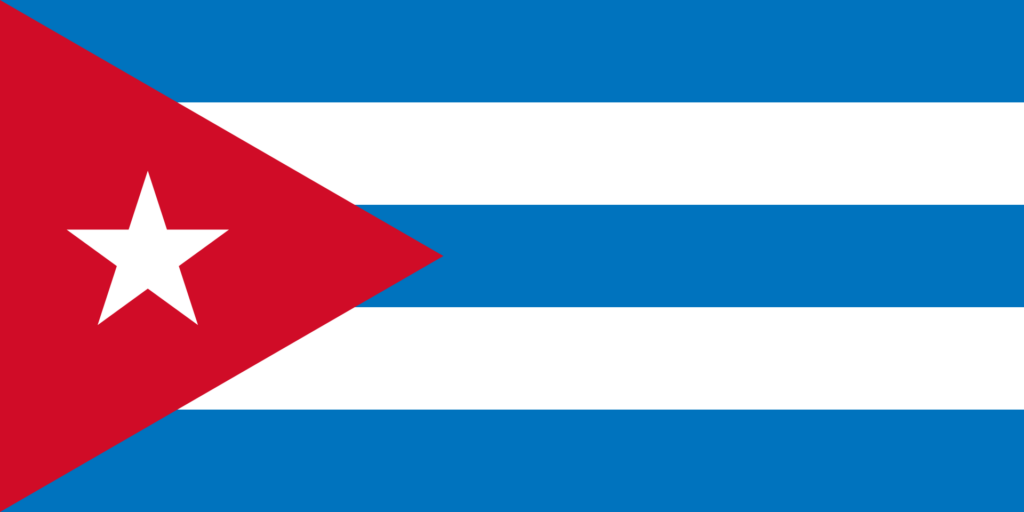
Once reflecting colonial divisions, the blue and white stripes now symbolize the nation’s ideals and aspiration for peace. The red triangle, indicative of the bloodshed in the struggle for freedom, has come to represent the strength and resilience of the Cuban people.
Officially adopted in 1902, the flag has since stood as a unifying emblem of national pride and sovereignty, resilient through Cuba’s political transformations, and remains a symbol of the nation’s enduring spirit.
Overall Symbolic Meaning of the Flag
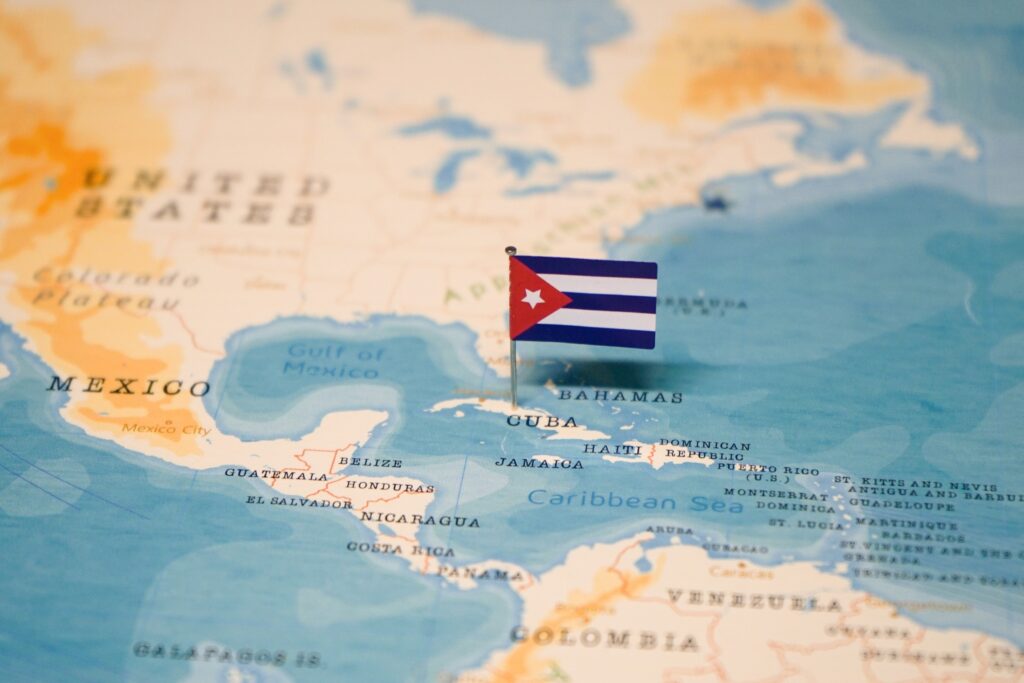
The Cuban flag is a poignant emblem of national character and spirit, encapsulating the country’s journey through significant historical moments toward sovereignty and unity. Its simple design conveys a powerful message of the nation’s resolve, aspirations, and the collective strength of its people.
Similar Flags to the Flag of Cuba
Delving into the similarities among national flags, we find several that echo the design of Cuba’s flag, each with its unique story of shared history and cultural parallels.
Puerto Rico
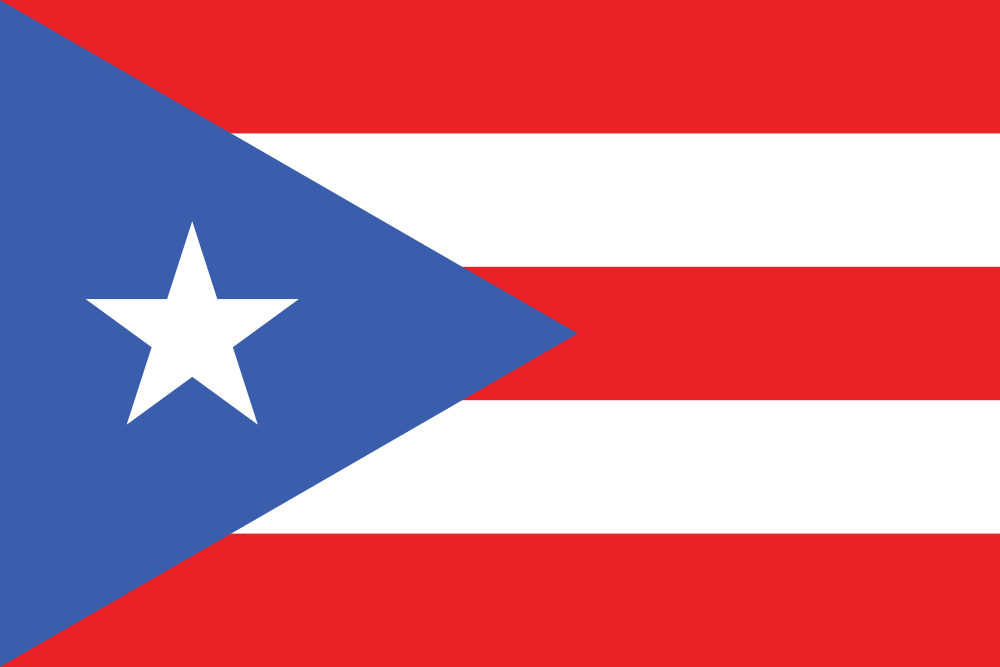
The Puerto Rican flag resembles Cuba’s color scheme and design, alternating stripes and a triangle. This similarity stems from their parallel histories as Spanish colonies and their united front in the quest for independence, reflecting shared aspirations and cultural connections.
Liberia
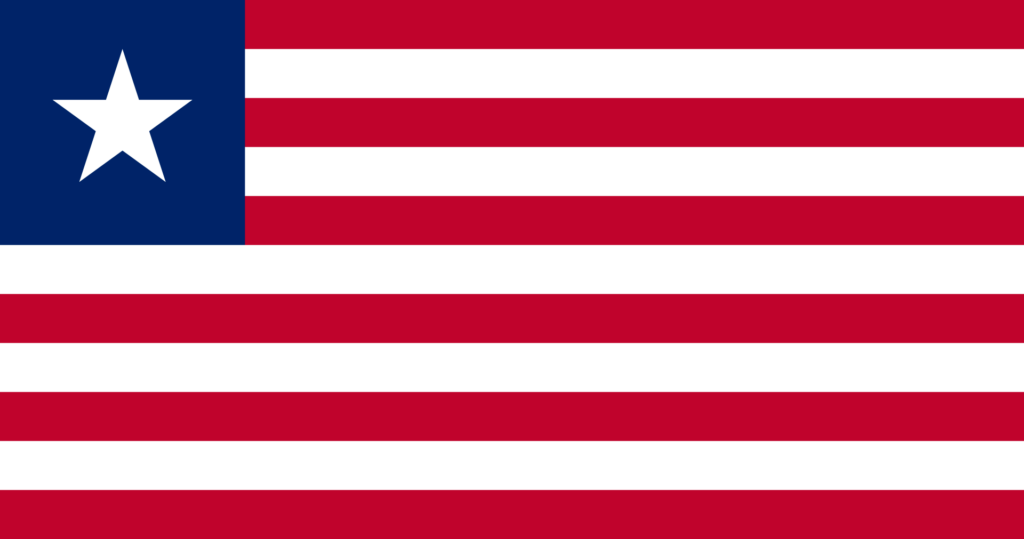
Though from a different historical context, Liberia’s flag shares visual elements with Cuba’s, particularly the red and white stripes. While Liberia’s flag is tied to its unique relationship with the United States, the stripes in both flags represent a universal symbolism of national values and identity.
Chile
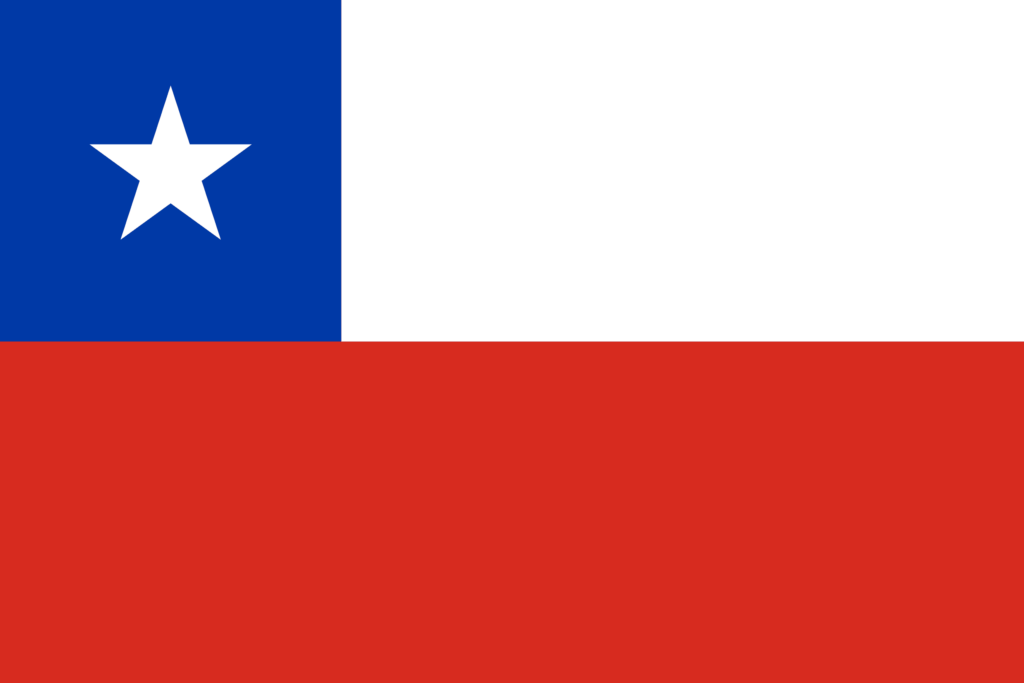
The similarity between the flags of Cuba and Chile lies in their use of standard symbols, such as a lone star, and a shared color scheme of red, white, and blue.
These elements reflect universal themes of independence and national unity despite the two countries’ distinct historical and cultural backgrounds.
Conclusion
The Cuban flag, rich in historical symbolism, holds a revered place among global emblems and is a profound source of pride for its citizens. It encapsulates the nation’s struggles and triumphs, symbolizing unity, resilience, and hope. For Cubans everywhere, it is not just a national symbol but a representation of their shared heritage and aspirations, resonating deeply with their collective identity and spirit.
Image Sources and Copyright Information
- Cuban Flag and Monument in Havana: © Anne Czichos/Sutterstock
- Cuban Flag Pin on Map: © hyotographics/Sutterstock